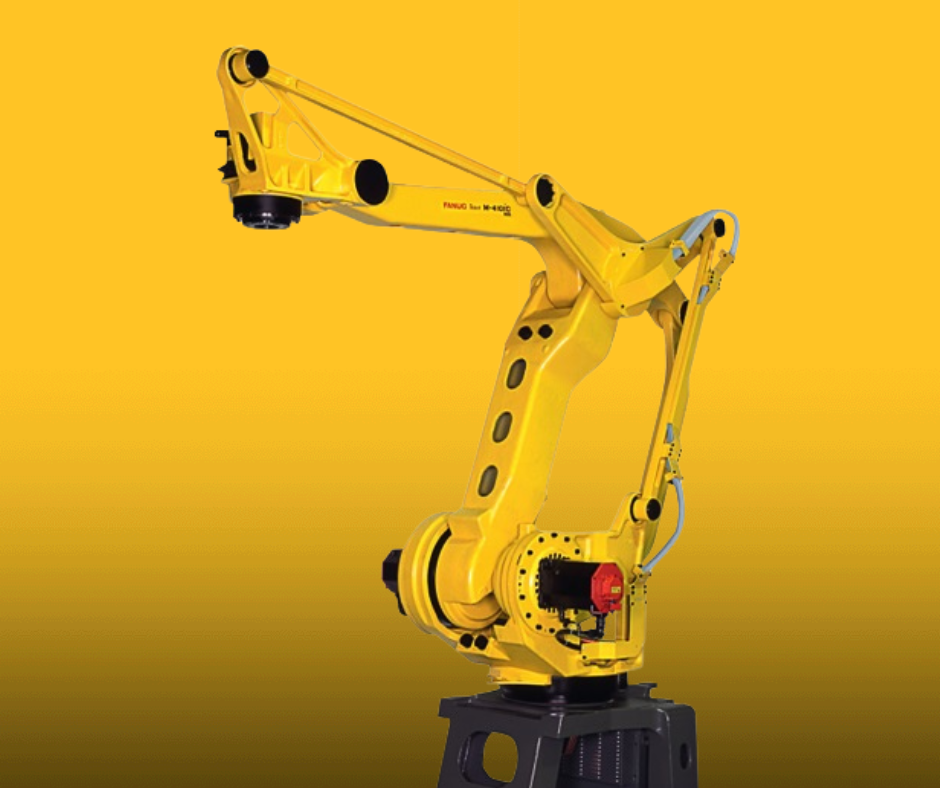The development of robotic arms has revolutionized the manufacturing process by combining precision, safety, efficiency, and other factors that were previously impossible. Robots are mechanical marvels that have become indispensable in all industries across the globe. They were invented in order to lower operating costs as well as keep high standards of quality. Robotic arms are now integrated into production lines in order to reduce cost and increase security. We’ll examine how these cutting-edge machines can transform the way that industrial processes operate.
The main reason for the increase in global robotic arm usage is efficiency in cost. The pressure on factories to reduce manufacturing errors, material waste and workplace injuries is never-ending. Robotic arms have been designed to combat these challenges. Contrary to human laborers, robot arms can perform repetitive tasks with pinpoint precision, eliminating costly mistakes and reducing the waste of raw material. In high-volume industries such as automotive manufacturing, robotic arms ensure flawless assembly by performing precise welding and parts placement. This can lead to significant savings because less damaged products means less rework or waste.

Image credit: automatedsolutions.com.au
Safety is another cornerstone of the robot arm revolution. Human workers are at risk in the course of performing a variety of manufacturing tasks, like dealing with dangerous materials or operating machines that are heavy. With the help of robot arms, firms can shield employees from the dangerous surroundings, dramatically decreasing the risk of injuries sustained in the workplace. A robotic arm, designed as a kinematic chain of movable joints, mimics the functionality of a human arm but operates without the risk of physical harm. The machines come with robotic hands or end-effectors that can be programmed. They can be used for tasks like grasping spinning, and welding in conditions that are dangerous for humans.
The flexibility of robot arms is a game changer for many industries. Robot arms are adaptable to many different tasks. From assembly for automobiles to electronic production. The fact that they can be programmed allows them to perform intricate operations such as tending machines painting, painting, or fiberglass applications, with a remarkable reliability. Robotic arms have transformed the palletizing process in warehouses, automating it with speed and accuracy. Automation improves productivity and efficiency because robot arms operate continuously without getting tired.
Cobots are an entirely new breed of robots able to work together with humans. Cobots, which are equipped with robotic arm, can be able to interact with humans in a seamless manner, unlike industrial robots, that are typically restricted to cells. In a factory environment cobots’ robotic arms could be able to handle large lifting tasks or tasks that are repetitive, freeing human workers to focus on more complex responsibilities. The cobots will cease or alter their motion when they see a person in the vicinity.
Robotic arms make a huge impact on modern manufacturing and not only in terms of safety or efficiency. Their capability to do tasks like welding assembly, assembly, or even handling materials with precision has helped them become indispensable in high-risk industries. For instance, in automotive production, a robotic arm is able to rotate and move parts during assembly, ensuring flawless alignment, without the intervention of humans. Robots are also utilized in electronic devices to handle fragile components. This helps reduce damage and increases output quality.
As industries continue to grow, the role of robotic arms will continue to grow. They are a cornerstone for the future of manufacturing due to their capability to lower costs, enhance security and adapt to various tasks. By combining cutting-edge technology with human ingenuity robotic arms aren’t only tools, they are partners in progress, driving innovation and changing the way we build our world.